Understanding dashboard warning lights in your Lexus ES is essential for maintaining vehicle safety and preventing costly damage. These lights alert you to potential issues ranging from minor notifications to critical problems that could affect drivability.
By recognizing and responding promptly, you can avoid breakdowns, ensure passenger safety, and keep your car running smoothly.
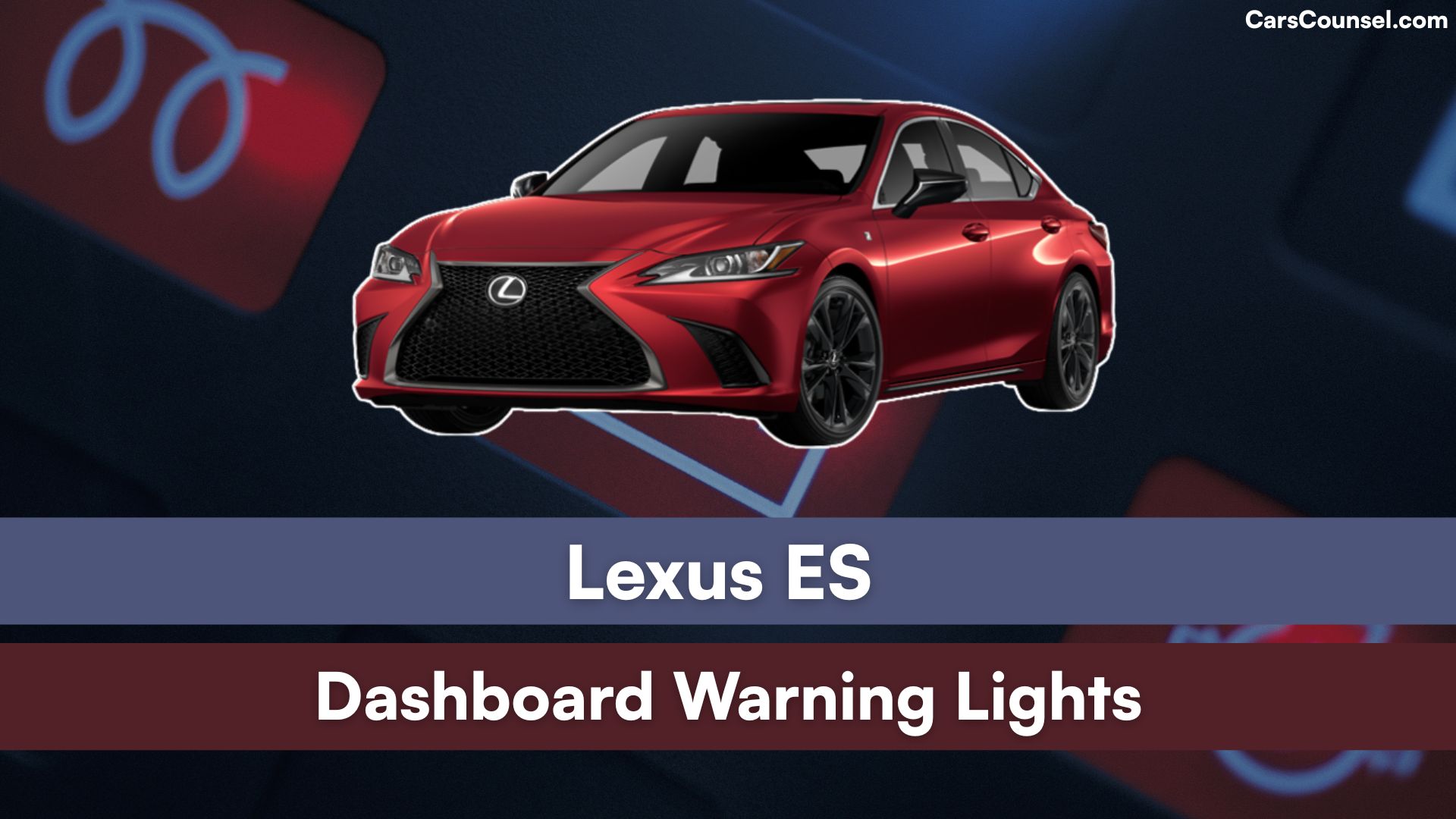
Quick Navigation
Red Warning Lights (Stop Immediately)
Battery Warning
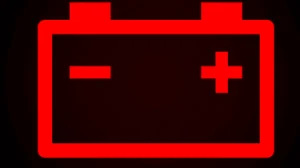
This light signals a problem with the vehicle’s electrical system, often due to a failing battery or alternator. Stop safely and contact a service center right away to avoid being stranded.
Brake System Warning
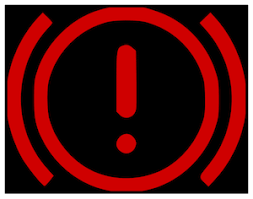
Indicates low brake fluid or a braking system fault that could make stopping difficult. Pull over immediately and call for professional help.
Electric Power Steering Warning

Points to a malfunction in the steering assist system, making the wheel hard to turn. Stop driving and have it inspected at a service center.
SRS Airbag Warning

Means there’s a fault in the airbag or seat belt pretensioner system, which might not deploy in a crash. Stop and get it checked immediately.
Engine Oil Pressure Warning
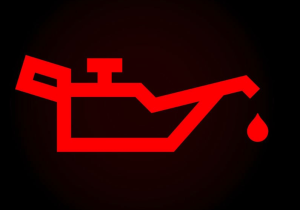
Alerts to low oil pressure, possibly from a leak or pump failure, risking engine damage. Stop the car, check oil level, and contact service if needed.
High Coolant Temperature Warning
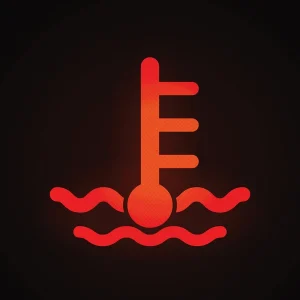
Indicates the engine is overheating, often from low coolant or a faulty thermostat. Pull over, let it cool, and call for assistance.
Master Warning Light
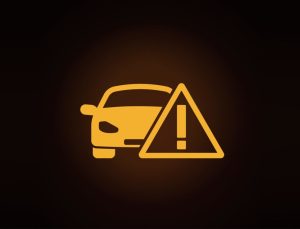
Flashes for various serious issues, shown on the display. Stop safely and address the message, contacting service if it persists.
Low Brake Fluid Warning

Signals brake fluid is too low, affecting braking power. Park immediately and refill or seek mechanic help.
Seatbelt Reminder

Reminds occupants to buckle up; if ignored, it stays on. Fasten all belts to turn it off and ensure safety.
Open Door Warning

Shows a door or trunk isn’t fully closed, risking items falling out. Check and secure all doors before driving.
Low Fuel Warning
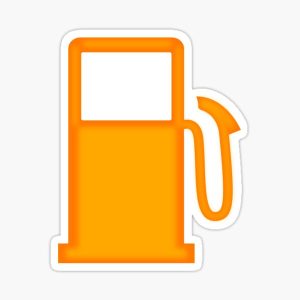
Indicates fuel is critically low, about 2-3 gallons left. Refuel soon to avoid running out.
Transmission Warning
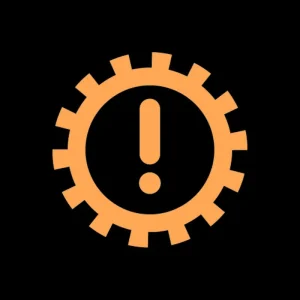
Points to a problem in the transmission system, like overheating or fluid issues. Stop and have it serviced promptly.
Hybrid System Warning
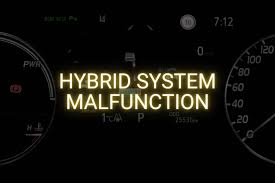
For hybrid models, signals a fault in the hybrid components. Stop the vehicle and contact a service center.
Yellow/Amber Warning Lights (Action Required Soon)
ABS Warning
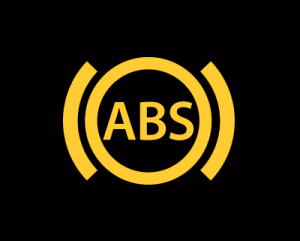
Means the anti-lock braking system has a fault, reducing braking effectiveness in emergencies. Drive carefully and visit a service center soon.
Check Engine Light
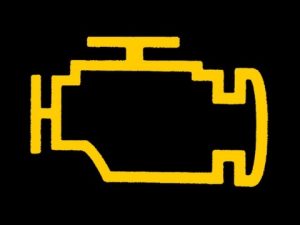
Indicates an issue with the engine, emissions, or throttle system. Have it scanned at a service center to diagnose.
Tire Pressure Warning
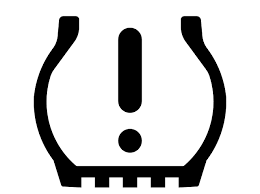
Alerts to low tire pressure or a system malfunction. Check and inflate tires; if it blinks, get the system inspected.
Slip Indicator
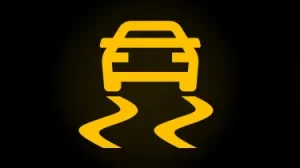
Shows a problem with stability control or traction systems. Drive cautiously and have it checked soon.
Pre-Collision System Warning

Points to a fault in the collision avoidance system, possibly from dirty sensors. Clean sensors or visit service.
Lane Departure Alert

Indicates the lane-keeping system is malfunctioning or the car is drifting. Check sensors and get it serviced.
Vehicle Stability Control Warning
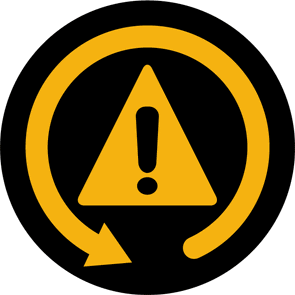
Means stability or traction control isn’t working properly. Avoid slippery roads and seek repair.
Electronic Throttle Control Warning
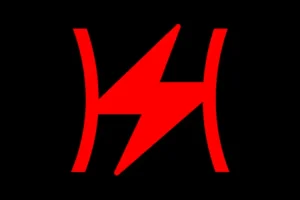
Indicates throttle system issues affecting acceleration. Drive to a service center for diagnosis.
Transmission Temperature Warning
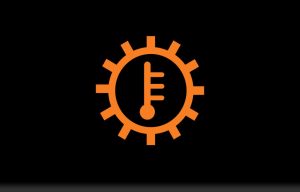
Shows the transmission is overheating, often from low fluid. Let it cool and check fluid levels soon.
Glow Plug Warning

For models with diesel preheat (if applicable), indicates glow plug issues. Wait for it to go off or service if persistent.
DPF Warning
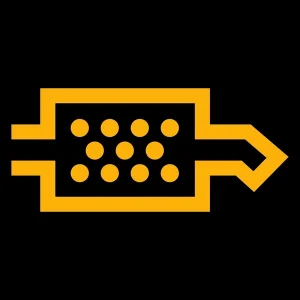
Alerts to diesel particulate filter clog (if equipped), needing cleaning or regeneration. Drive at highway speeds or visit service.
Green Warning Lights (Information Only)
Eco Mode Indicator
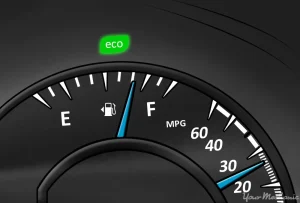
Shows eco driving mode is active, optimizing fuel efficiency. No action needed; it’s just confirming the mode.
Cruise Control Indicator
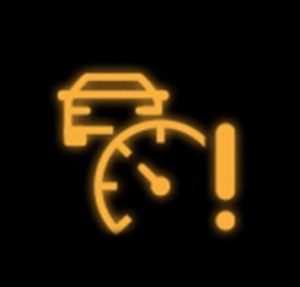
Indicates cruise control is on and set. Adjust speed as desired; no issues.
High Beam Indicator

Means high beam headlights are activated. Switch to low beams when approaching traffic.
Turn Signal Indicator
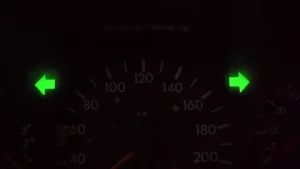
Flashes when turn signals are in use. Ensure it stops after turning; no further action.
Front Fog Light Indicator

Shows front fog lights are on for better visibility. Turn off when not needed.
Rear Fog Light Indicator
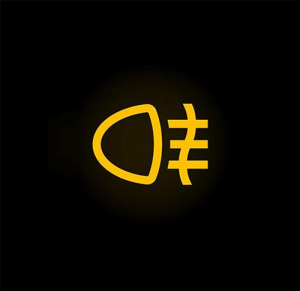
Indicates rear fog lights are active. Use in poor visibility and switch off otherwise.
Headlight On Indicator

Confirms headlights are turned on. No action required.
Parking Light Indicator

Shows parking lights are active. Use for stationary visibility.
Seat Heater Indicator
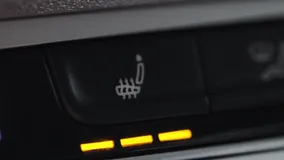
Means seat heaters are operating. Adjust settings for comfort.
Hybrid Ready Indicator
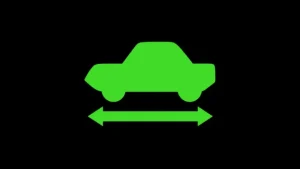
For hybrids, confirms the system is ready to drive. Proceed normally.
EV Mode Indicator

Indicates electric-only mode is engaged in hybrids. No action needed.
Brake Hold Indicator
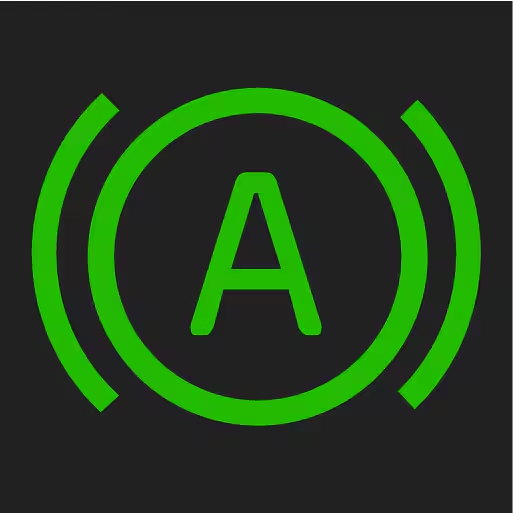
Shows brake hold function is active, keeping brakes on at stops. Release by pressing accelerator.
Automatic High Beam Indicator

Means auto high beams are enabled. The system adjusts automatically.
Sport Mode Indicator
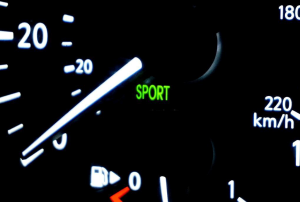
Shows sport driving mode is selected for better performance. Switch modes as preferred.
When looking at Lexus, make sure to check out our guides on models like the Lexus LX, Lexus GX, Lexus IS, and Lexus GS. Understanding dashboard warning lights is essential. Our expert reviews break down what each light means, highlighting common alerts for these models and what they could signal about underlying issues, so you’re never left guessing behind the wheel.

